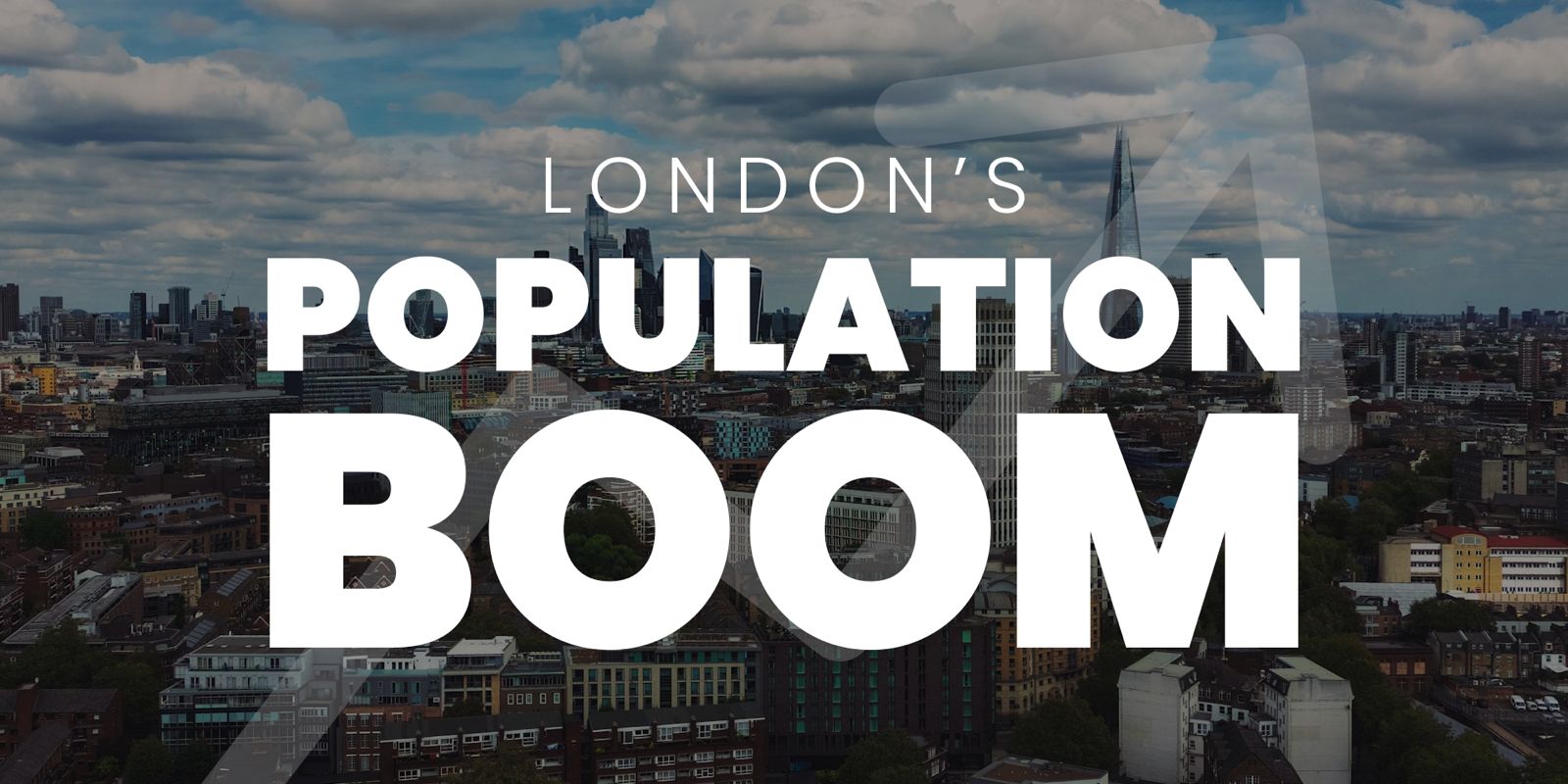
This is a preview of Migration Watch’s free weekly newsletter. Please consider signing up to the newsletter directly, you can do so here and will receive an email copy of the newsletter every Friday as soon as it is released.
London’s population has surged to a new record high, driven by a sharp rise in migration and a shift away from the Covid-era “race for space.” According to research from the Centre for Cities, the capital has “almost certainly” surpassed its pre-pandemic peak of 10.1 million people, raising concerns about the strain on infrastructure and services.
During the Covid pandemic, thousands of Londoners sought more spacious accommodation and greenery outside the city, leading to a decline of 75,500 people between mid-2019 and mid-2021. However, this trend has now reversed, with migration fuelling the capital’s population growth.
In 2022 alone, 66,000 people moved to London, nearly reaching its pre-pandemic peak. With figures for 2023 yet to be published, it’s expected that the population has indeed exceeded its previous record. The report attributes much of this growth to fewer workers working from home and a significant increase in international migration.
Make no mistake: London’s population explosion is a direct consequence of uncontrolled mass immigration. The government’s promises to ‘take back control’ and reduce numbers to the ‘tens of thousands’ have proven to be nothing but empty rhetoric. Instead, we’re seeing net migration in the many hundreds of thousands, with visas dished out like confetti. Imagine,1.2 to 1.4 million long-term visas seems now to be the norm.
The impact on Londoners is clear: soaring house prices, strained infrastructure, and overwhelming pressure on essential services like schools and healthcare. Mass immigration is not just affecting our quality of life; it is also putting lives at risk by prolonging NHS waiting times.
Curiously, the Centre for Cities (rather good) report glossed over the contribution of migration to London’s population surge, focusing instead on internal migration patterns and proposed infrastructure solutions.
While infrastructure improvements are of course necessary, imposing an overall cap or perhaps a range of caps on categories of legal migration would offer a more immediate solution and help alleviate pressure on London’s strained resources.
This is a preview of Migration Watch’s free weekly newsletter. Please consider signing up to the newsletter directly, you can do so here and will receive an email copy of the newsletter every Friday as soon as it is released.
